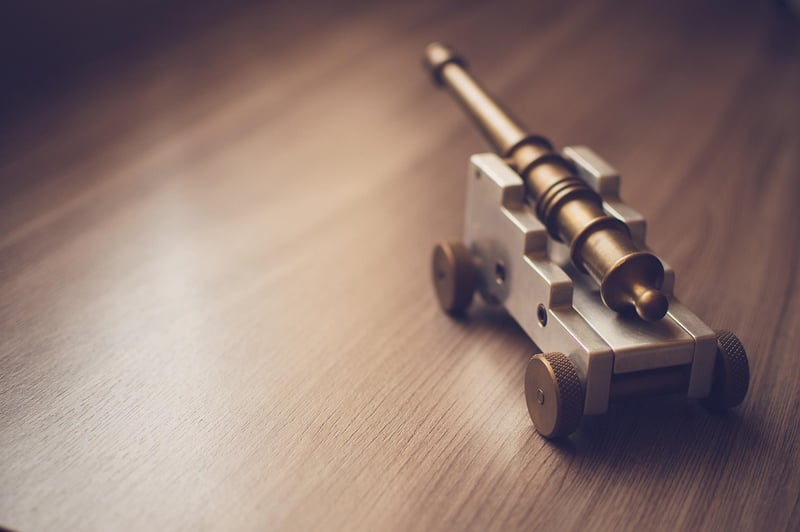Experimental Prototypes
Tools for Time Travel and Experimental Prototypes
Time travel has fascinated humans for centuries, inspiring countless works of science fiction. While time travel remains a theoretical concept, researchers and inventors have explored various tools and experimental prototypes that could potentially make it a reality in the future.
1. Wormholes
One of the most discussed theoretical methods for time travel involves the use of wormholes. Wormholes are hypothetical passages through spacetime that could create shortcuts for long journeys across the universe, potentially allowing for time travel to the past or future.

2. Time Machines
Concepts of time machines, inspired by the famous DeLorean in the movie "Back to the Future," have captured the imagination of many. While physical time machines do not exist yet, researchers explore the possibilities of manipulating spacetime to achieve time travel.

3. Tipler Cylinder
The Tipler Cylinder is a theoretical concept proposed by physicist Frank J. Tipler. It involves a massive rotating cylinder that could theoretically twist spacetime in a way that allows for time travel. While this remains a speculative idea, it has sparked interesting discussions in the scientific community.

4. Quantum Entanglement
Quantum entanglement is a phenomenon where two particles become connected in such a way that the state of one particle instantly affects the other, regardless of the distance between them. Some researchers speculate that exploiting quantum entanglement could lead to potential methods for time travel.

5. Experimental Prototypes
Researchers and inventors continue to explore experimental prototypes that could potentially pave the way for future advancements in time travel technology. These prototypes often involve cutting-edge technologies and innovative approaches to manipulating spacetime.
While the practical realization of time travel remains a distant dream, the exploration of tools and experimental prototypes in this field continues to push the boundaries of scientific understanding and technological innovation.
